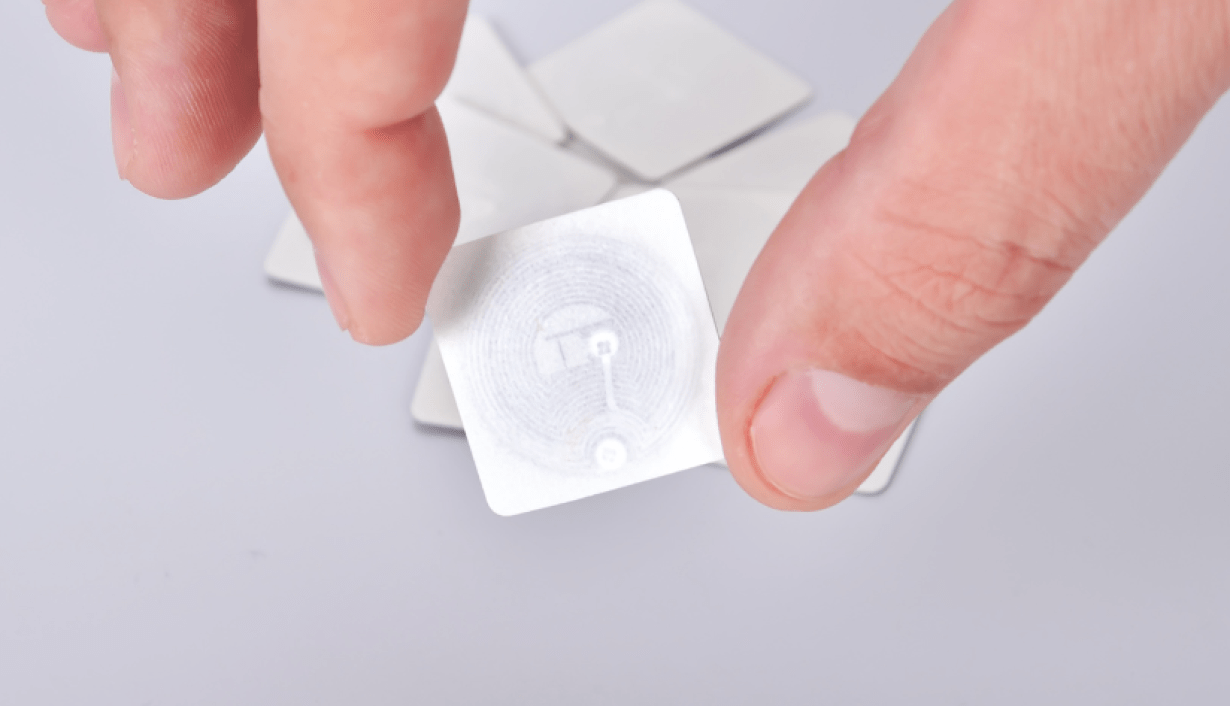
In the realm of modern technology, Radio Frequency Identification (RFID) has emerged as a pivotal player, revolutionizing various aspects of everyday life. Among the different frequencies utilized in RFID technology, the 13.56MHz RFID tags stand out as a prominent choice, particularly when combined with the ISO14443-A standard. This pairing has facilitated the widespread adoption of RFID technology across diverse industries, ranging from smart cards to access control systems and payment methods.
Understanding the Working Mechanism
RFID technology, characterized by its non-contact automatic identification process through radio waves, operates based on different frequencies, including low frequency (LF), high frequency (HF), and ultra-high frequency (UHF). The 13.56MHz RFID tags fall under the high-frequency category and have garnered global recognition due to their efficiency and reliability. These tags possess robust resistance to interference, ensuring effective data exchange within a reading range of a few centimeters to 1 meter.
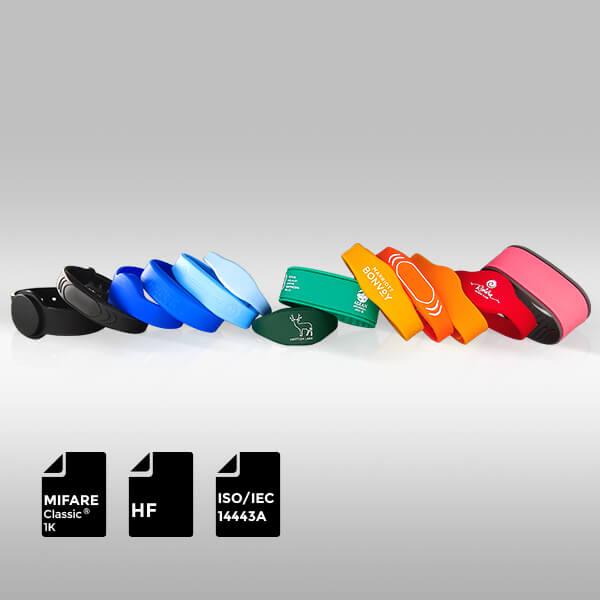
The ISO14443-A standard, established by the International Organization for Standardization (ISO), serves as a pivotal framework for RFID communication in the 13.56MHz frequency range. This standard, divided into Type A and Type B, primarily focuses on enabling bidirectional communication between RFID tags and readers. By outlining the communication protocols and mechanisms, ISO14443-A ensures seamless data transmission through radio frequency signals, bolstered by efficient error detection and resistance to interference.

The Communication Process
When 13.56MHz RFID tags interact with ISO14443-A compliant readers, a wireless communication exchange ensues. The reader emits signals, which the tag harnesses through electromagnetic induction to power itself and transmit stored data back to the reader wirelessly. This swift and efficient process typically transpires in mere milliseconds, exemplifying the seamless nature of RFID technology.
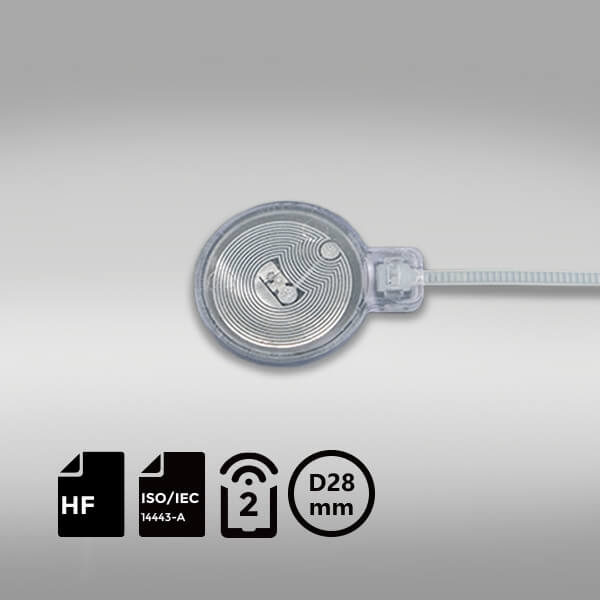
Role of Electromagnetic Waves
Central to the functionality of 13.56MHz RFID tags is the principle of electromagnetic wave induction. As the reader emits radio frequency signals at 13.56MHz, the tag’s antenna captures and converts these signals into current, fueling the tag to relay its stored data back to the reader. This mechanism showcases the reliance on electromagnetic waves for effective data transmission.
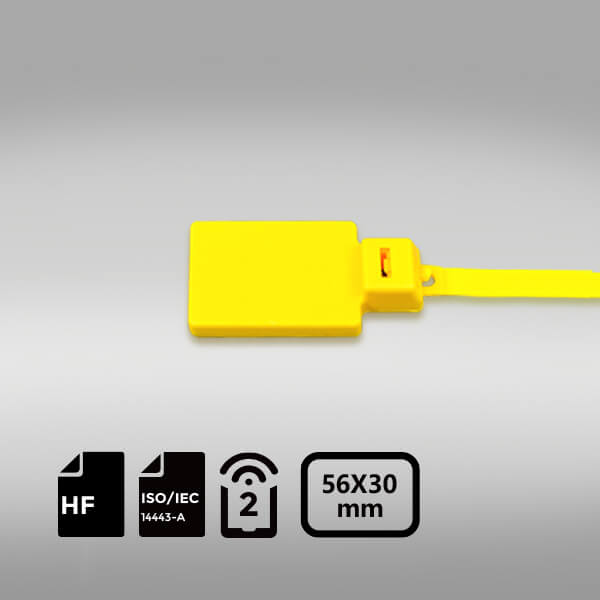
Data Security Measures
The ISO14443-A standard prioritizes data security through encryption and authentication measures. Each RFID tag contains a distinctive identification code, and the system encrypts data transfers to prevent unauthorized access or tampering. This stringent security framework ensures the confidentiality and integrity of transmitted information, crucial in applications involving sensitive data.
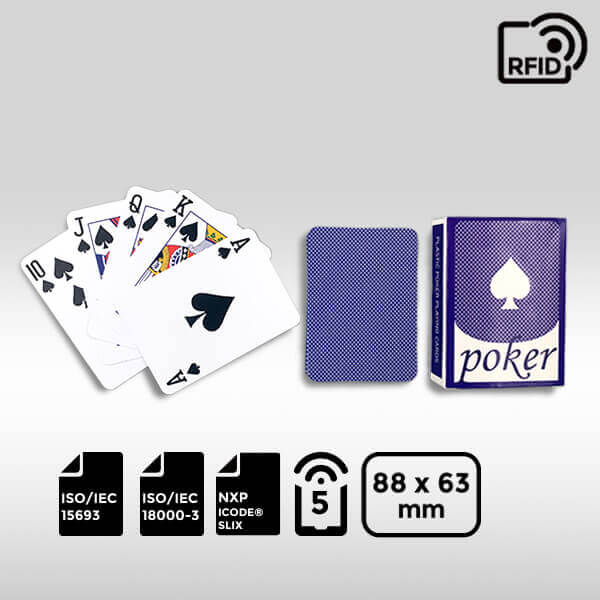
Multi-tag Recognition
One of the standout features of the ISO14443-A standard is its support for simultaneous recognition of multiple tags. This capability enhances operational efficiency in scenarios requiring rapid and concurrent tag identification, such as smart payment systems and access control solutions. The standard’s versatility in accommodating multiple tags sets it apart as a preferred choice for diverse RFID applications.
Advantages of 13.56MHz RFID Tags and the ISO14443-A Standard
Security Enhancement: The integration of the ISO14443-A standard with 13.56MHz RFID tags bolsters data security through encryption and authentication mechanisms, safeguarding information during transmission. This heightened security is paramount in applications involving sensitive data, ensuring confidentiality and integrity.
Operational Efficiency: RFID tags, operating on the 13.56MHz frequency with the ISO14443-A standard, streamline data exchange through contactless reading, enhancing operational efficiency. Users can effortlessly interact with RFID systems by simply holding the tag near the reader, eliminating the need for physical contact or insertion, thereby optimizing system performance.
Diverse Applications: The versatility of 13.56MHz RFID tags, in conjunction with the ISO14443-A standard, extends to various industries, including smart cards, access control systems, logistics management, and payment solutions. This broad applicability addresses numerous challenges encountered by traditional methods, offering efficient and reliable solutions across different sectors.
Challenges and Solutions
Addressing Range Limitations: The reading range of RFID tags, influenced by signal strength and environmental factors, may pose constraints, especially in applications requiring extended read distances. To mitigate this challenge, enhancing tag and reader power, optimizing antenna design, or exploring frequency combination strategies like UHF integration can extend the operational range of RFID systems.
Mitigating Interference Issues: Environmental electromagnetic signals can interfere with RFID transmissions, impacting system recognition rates, particularly in high-interference settings. Implementing anti-interference techniques such as frequency hopping and shielding methods can minimize external signal disruptions, enhancing system stability and reliability.
Navigating Cost Considerations: Despite the evolving landscape of RFID technology, cost remains a significant factor, especially for large-scale deployments. As manufacturing processes advance, the cost of RFID tags is gradually decreasing, enabling cost-effective solutions through bulk purchases and streamlined production methods.
Enhancing Data Security and Privacy: The wireless nature of RFID systems exposes them to potential security threats, necessitating robust measures to safeguard data integrity and privacy. Strengthening the ISO14443-A standard with advanced encryption algorithms, authentication mechanisms, and hardware security features can fortify RFID systems against unauthorized access and data breaches.
Future Prospects
Integration with Smart Technology: The evolution of RFID technology is poised to intersect with the Internet of Things (IoT) and smart devices, driving innovations in smart cities, homes, and beyond. This convergence will unlock new possibilities for convenient and advanced services, reshaping various industries.
Synergizing UHF with 13.56MHz Frequencies: Looking ahead, the integration of UHF frequencies with 13.56MHz RFID technology holds promise in expanding the application scope of RFID systems. This synergy can address existing challenges related to read range and multi-tag identification, enhancing the versatility and efficacy of RFID solutions.
Augmented Security and Privacy Measures: With escalating concerns surrounding data security, the future of RFID technology will prioritize enhanced privacy protection and security features. By incorporating robust encryption protocols and privacy safeguards, RFID systems will offer heightened levels of security and data protection.
Conclusion
The amalgamation of 13.56MHz RFID tags with the ISO14443-A standard represents a pivotal advancement in wireless communication technology, underpinning secure, efficient, and versatile RFID applications across diverse sectors. While encountering challenges such as range limitations, interference issues, cost considerations, and data security threats, ongoing technological innovations and optimizations are poised to bolster the efficacy and resilience of RFID systems. As the landscape of RFID technology evolves, propelled by advancements in integration, security, and application diversity, the future holds promising prospects for enhanced efficiency, security, and innovation in the realm of RFID technology.

RFID Antenna UHF
15-Meter Cable for UHF RFID Fixed Reader
UHF Tag
4″x2″ 860-960MHz UHF RFID Label RFID M4D
UHF Tag
4″x4″UHF RFID Label Alien H3 | ISO18000-6C
RFID Antenna UHF
5-Meter Cable for UHF RFID Fixed Reader
HF Card
ABS RFID KEY-FOB Tag RFID Classic 1K
HF Card
ABS RFID KEY-FOB Tag RFID Classic 4K
HF Card
ABS RFID KEY-FOB Tag RFID Ultralight C
HF Tag
ABS RFID KEY-FOB Tag RFID Ultralight EV1
LF Card
ABS RFID KEY-FOB Tag ATA5577
LF Card
ABS RFID KEY-FOB Tag EM4200
HF Card
ABS RFID KEY-FOB Tag EM4305
HF Card
ABS RFID KEY-FOB Tag RFID TAG 213